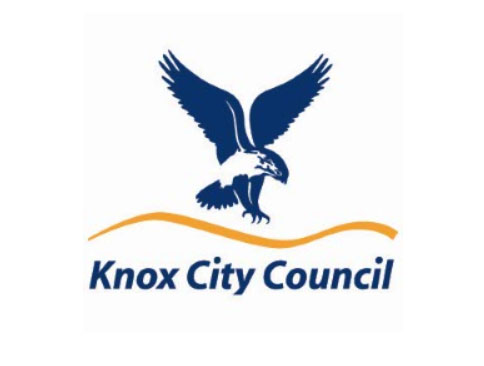Early history
The Wurundjeri and the Bunurong have cared for Knox's creeks, hills and plains for thousands of years.
The Kulin Nation region covers Central Victoria around Port Phillip Bay. It also moves into the upper reaches of the Goulburn and Lodden Rivers.
Learn more about Knox’s Aboriginal heritage.
European settlement
Early Europeans began following the songline and ancient trade route of what is now Dandenong Road (Princess Highway).
A songline is a path believed to have been travelled during the Dreamtime (or Alcheringa).
Reverend James Clow settled near what is now Wellington Road in August 1838. Clow established a cattle run that is right up to present day Ferntree Gully.
Soon townships thrived in the area. Orchards and flower-growing became primary industries.
Sir George Hodges Knox (1885 – 1960), was a veteran of WW1 and a speaker of the Victorian Legislative Assembly. He became worried about a shift in population and their needs.
This began the push to separate from the Shire of Ferntree Gully, which had been formed in 1889.
This was guided by the Knox Severance Association. The idea was it "will give the people of the Knox area the ability and opportunity to… stand solidly and proudly on their own two feet."
The City of Knox Coat of Arms incorporates Sir Knox’s family motto ‘Move and Prosper’.
To learn more about Knox’ early history, visit the Knox Historical Society.
The beginnings of a city
Knox was established on 16 November 1963 after separating from the Shire of Ferntree Gully. It had an area of 110sq km and a population of 24,000 people.
Before that, the Shire of Ferntree Gully included both Knox and most of the old Shire of Sherbrooke. Before 1889, the Shire of Ferntree Gully had been part of the Shire of Berwick and was known as Scoresby Riding.
The naming of Knox
Knox was named a City on 4 July 1969, and by then had a population of 50,000 people. On 15 December 1994, following a review of local government, a new City of Knox was announced.
As part of this, parts of Upper Ferntree Gully and Lysterfield became a part of the new City of Knox.
The suburbs of Knox
Knox has 11 suburbs:
- Bayswater
- Boronia
- Ferntree Gully
- Upper Ferntree Gully
- Knoxfield
- Wantirna
- Wantirna South
- Rowville
- Scoresby
- Lysterfield
- The Basin.
Today Knox is home to over 163,300 people, around a quarter of which were born overseas. We live in approximately 58,000 homes.
The City's emblem
The corporate logo for Knox City Council is the Little Brown Falcon.

The falcon is a stylised version of the falcon that appears on the City of Knox Coat of Arms.
Different species of falcon still inhabit many areas of Knox.
Fun facts about Knox
- In 1903, a blacksmith on the corner of Stud and Wellington Road petitioned the government for a local post office. He came up with the name ‘Rowville’, after the Row family of Stamford Park.
- Scoresby was once the Brussels sprout capital of Victoria.
- Many early settlers and artists, poets and writers of the area are buried at Ferntree Gully Cemetery.
- For years Boronia was split in two by the Belgrave railway line. The current intersection, with the railway running underneath the road, was opened in 1998.
- Many streets in Knoxfield are named after the people who lived (and sometimes still live) in them.
- The Government Botanist Ferdinand von Mueller, famed Director of the Royal Botanic Gardens, named The Basin. He did so in 1860 during a visit to the Dandenong Ranges because it sits in a 'basin' surrounded by hills.
- The word Wantirna might mean gurgling stream in Woi Wurrung.
- The Tim Neville Arboretum was awarded the ‘Keep Australia Beautiful’ Best Bicentennial Project after it opened in 1988.
- The brick house at Ambleside Park was built in 1899, reflecting the growing stability of the settlers, in this case, the Hansen family. Ambleside Park currently contains the local history museum for the City of Knox.
Gifted land
Access a public register of land that has been gifted or bequeathed to Knox City Council.
Need help?
Contact us and we will get back to you.
Or call our Customer Service team on 9298 8000.

